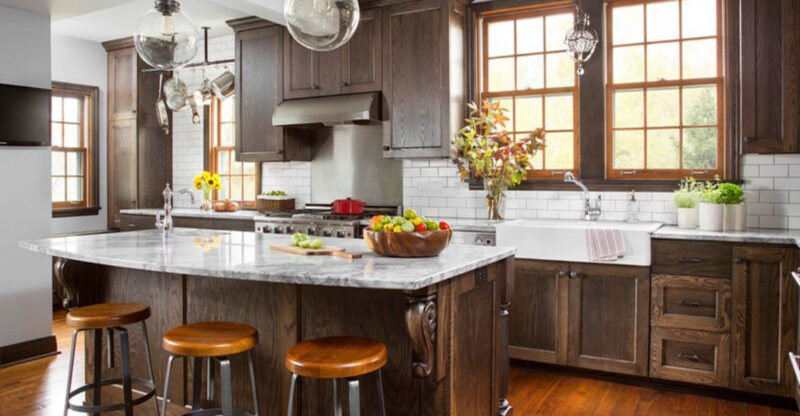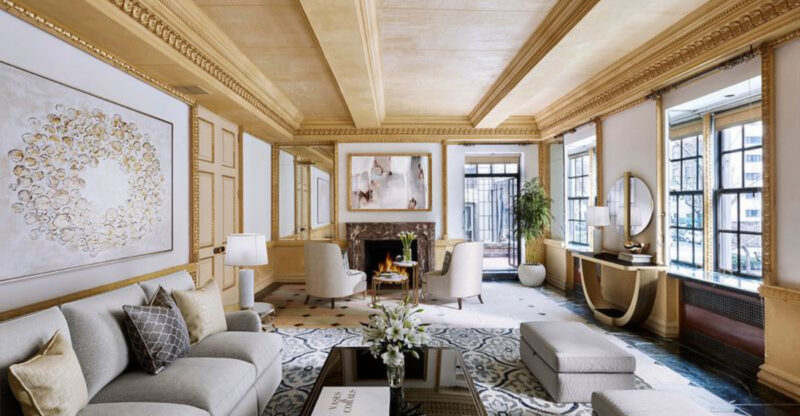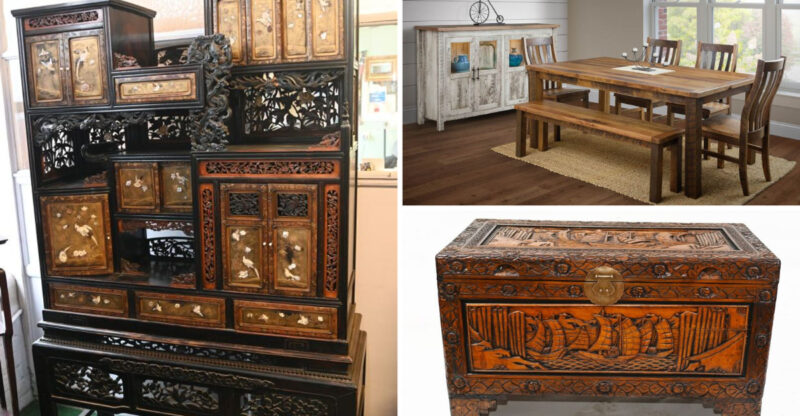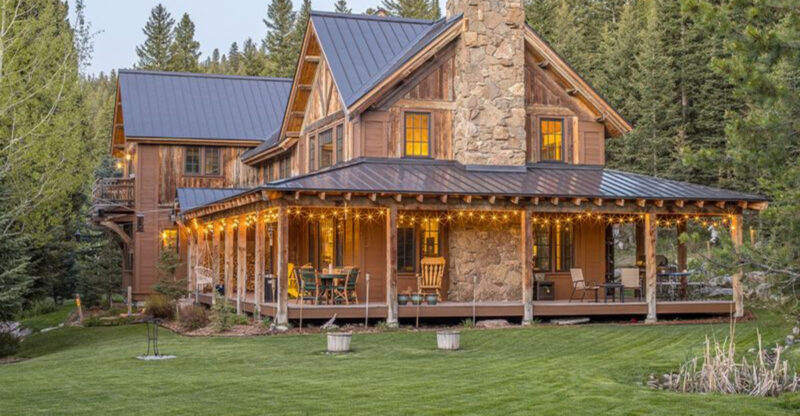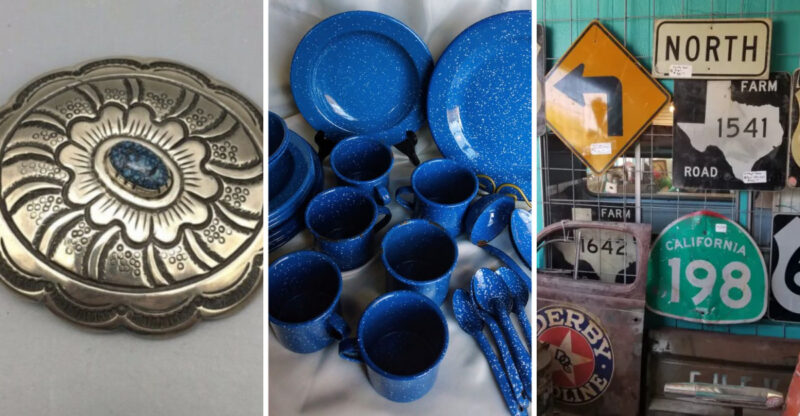10 Entryway Styles Still Holding Strong In Historic Virginia Homes
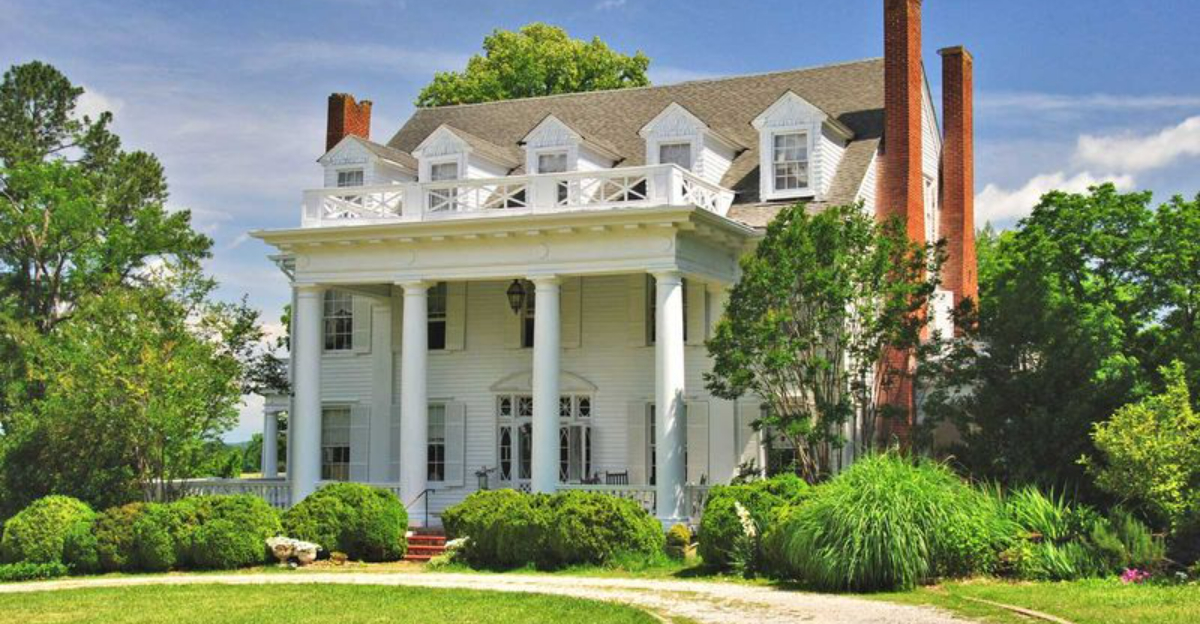
There’s something unforgettable about crossing the threshold of a historic Virginia home. The entryway isn’t just a passage – it’s a glimpse into centuries of craftsmanship and tradition.
Whether it’s the symmetry of Georgian design or the warm brickwork of Colonial styles, these entrances speak volumes before you even step inside. From Williamsburg to Richmond, I’ve seen how these classic features still shape the way Virginians design their homes today.
They’re not just nods to the past – they’re timeless details that continue to welcome with grace and purpose.
1. Georgian Grandeur

Symmetry reigns supreme in Georgian entryways, where perfectly balanced double doors welcome visitors with timeless elegance. You’ll spot these stately entrances in places like Alexandria and Fredericksburg, often adorned with a fanlight window above and flanked by decorative columns.
The woodwork typically features intricate detailing, painted in crisp white or deep forest green. Many homeowners maintain the traditional brass hardware that gleams against the rich door colors.
2. Federal Finesse
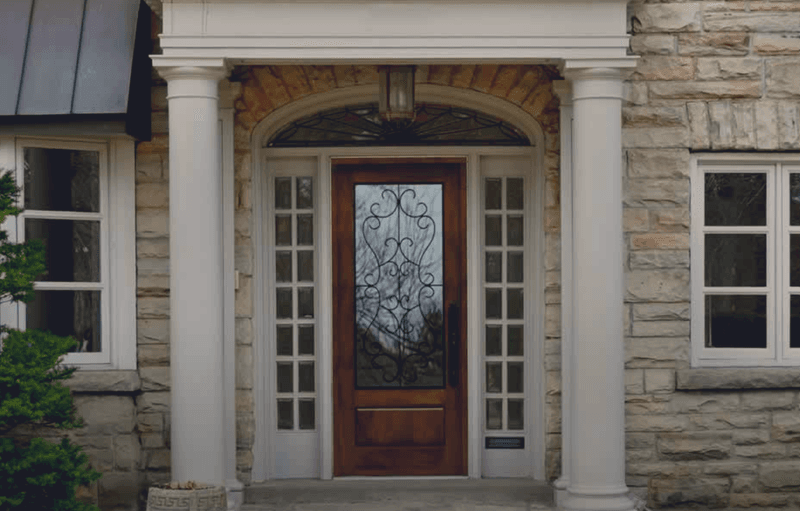
Delicacy and refinement mark the Federal-style entryways that grace many homes from Virginia’s post-Revolutionary period. The entrances feature slender columns and more elaborate fanlights than their Georgian predecessors, often with intricate leaded glass patterns.
Doors themselves are typically painted in rich hues of blue, green, or burgundy. I love how these entryways incorporate American symbols like eagles or stars in their decorative elements, reflecting the patriotic spirit of the early republic.
3. Greek Revival Porticos

Massive columns supporting triangular pediments create an unmistakable statement in Greek Revival entryways across Virginia. Found predominantly in plantation homes and grand residences built between 1825 and 1860, these imposing entrances mimic ancient Greek temples.
The substantial doors often feature sidelights and transoms that flood entry halls with natural light. White is the traditional color scheme, symbolizing the white marble of classical architecture that inspired this bold American style.
4. Victorian Vestibules
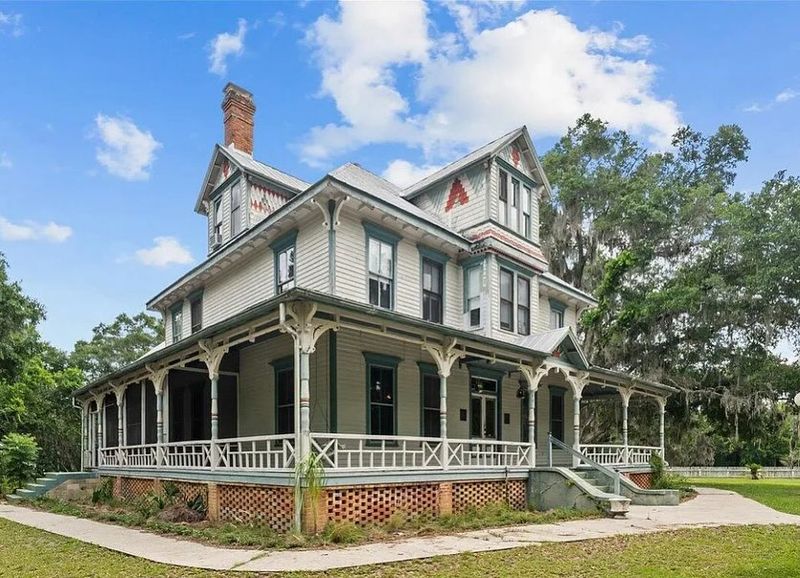
Ornate doesn’t begin to describe the elaborate entryways of Victorian-era Virginia homes. Gingerbread trim, decorative brackets, and colorful stained glass windows transform these entrances into works of art that capture the exuberance of the late 19th century.
Many feature small vestibule areas where visitors can pause before entering the main house. The wood doors often display raised panels with intricate carvings, sometimes incorporating oval glass inserts with etched designs.
5. Colonial Simplicity
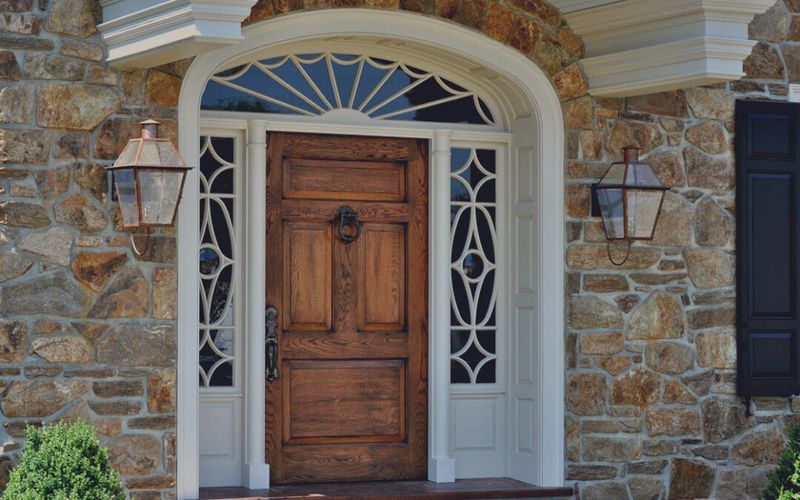
Modest yet dignified, Colonial entryways embody the practical spirit of early American settlers. The straightforward design typically includes a single door with small glass panes above and simple moldings that frame the entrance without fuss.
Hand-forged hardware adds authentic character to these humble yet inviting doorways. Many historic districts in Virginia still showcase these original entrances, painted in traditional colors like oxblood red, mustard yellow, or deep blue that were mixed from natural pigments available to 18th-century homeowners.
6. Italianate Arches
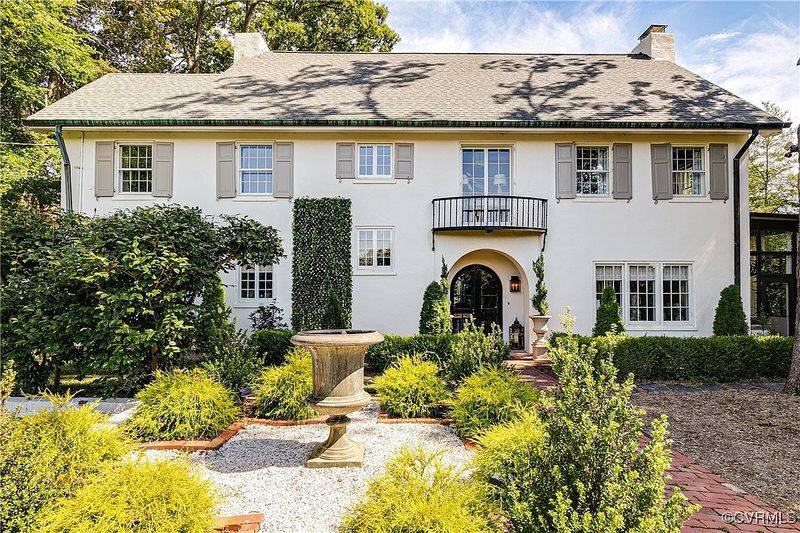
Romantic arched doorways define the Italianate style that became popular in mid-19th century Virginia. These entryways feature elaborate hood moldings above the doors that create a sense of depth and shadow, mimicking the sun-drenched villas of Italy.
Heavy, ornate double doors often incorporate glass panels that allow light into interior hallways. The surrounding woodwork typically displays bracketed cornices and sometimes decorative quoins at the corners, all painted in warm, earthy tones that evoke Mediterranean landscapes.
7. Craftsman Covered Porches

Natural materials shine in Craftsman-style entryways that gained popularity in early 20th century Virginia neighborhoods. These welcoming entrances typically feature deep, covered porches supported by tapered columns resting on stone or brick piers.
The doors themselves are works of art, with vertical planks, small window arrangements, and hand-hammered hardware. My favorite aspect is how these entryways blend seamlessly with their surroundings, using local materials like Virginia fieldstone and oak to create a sense of belonging to the land.
8. Neoclassical Grandeur
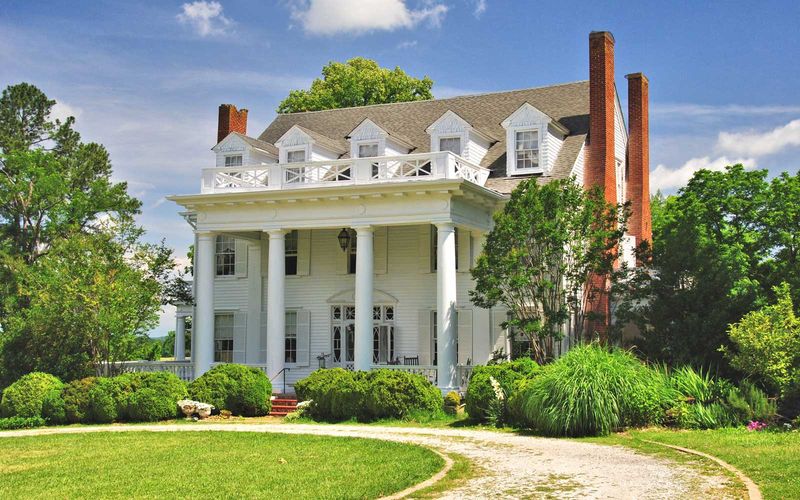
Stately and impressive, Neoclassical entryways make bold architectural statements throughout Virginia’s historic districts. Full-height porticos supported by classical columns create dramatic approaches to these homes, often rising two stories to frame centrally placed doors.
The entrances themselves typically feature sidelights and elaborate fanlights in semi-circular shapes. Many historic Virginia government buildings and plantation homes showcase this style, which symbolized America’s democratic ideals through references to ancient Greek and Roman civic architecture.
9. Tudor Timber Frames
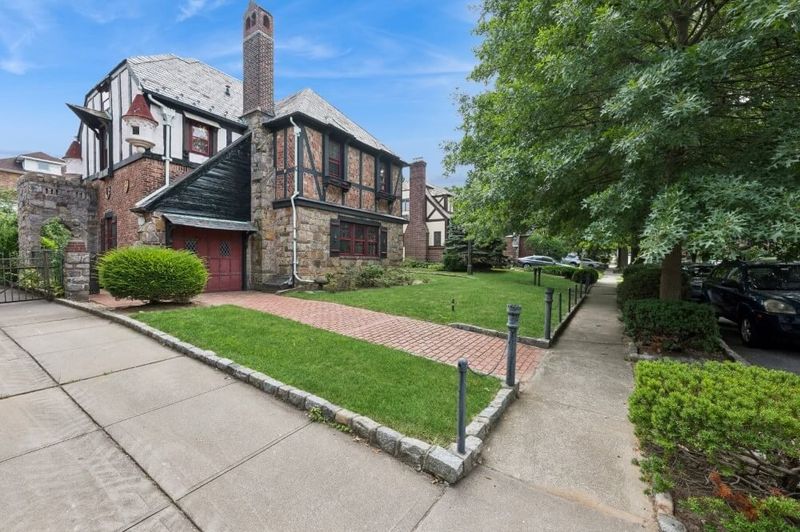
Fairy-tale charm defines the Tudor-style entryways found in Virginia’s 1920s-30s neighborhoods. These distinctive entrances feature steeply pitched gables, decorative half-timbering, and rounded doorways that sometimes taper at the top, creating a whimsical, medieval appearance.
Heavy wooden doors with wrought iron hinges and hardware complete the old-world look. Many Tudor entrances in Virginia’s historic districts include small covered porches with exposed beams and stonework, creating sheltered transitions between outdoors and in.
10. Palladian Perfection
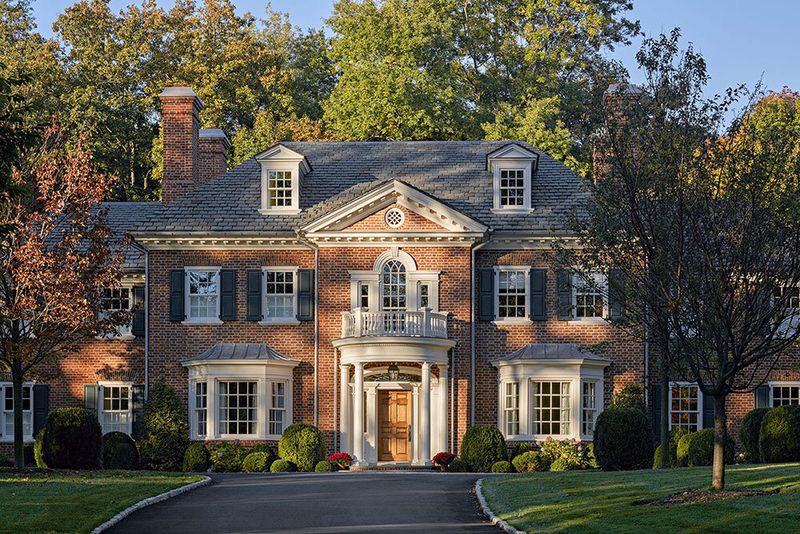
Inspired by the designs of Italian architect Andrea Palladio, these entryways feature the distinctive Palladian window arrangement directly above the door. You’ll find stunning examples in Thomas Jefferson’s Monticello and other significant Virginia estates, where the central arched window is flanked by two smaller rectangular windows.
The doorways themselves often include pediments and pilasters that frame the entrance with classical proportions. This architectural style represents Virginia’s deep connection to European design traditions while incorporating practical adaptations for the American climate.


